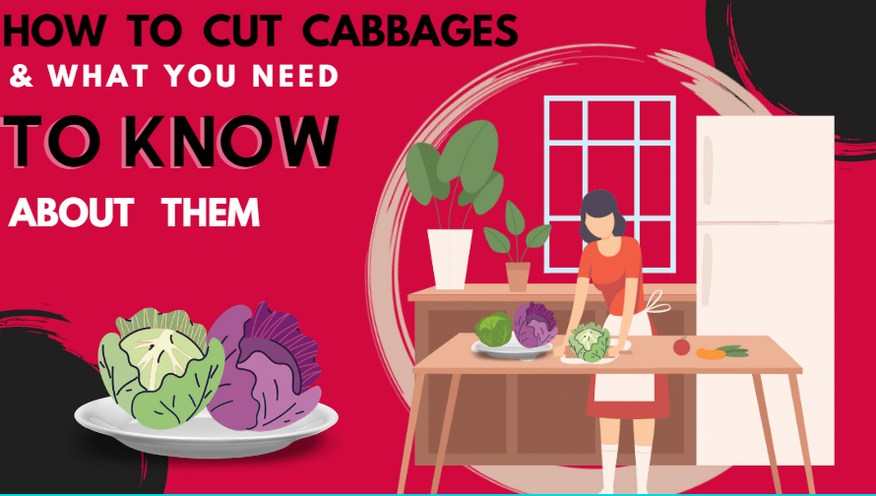May 26th 2022 - Monica Cunanan
How to Cut Cabbages — What You Need to Know About Them
How to Cut Cabbages
While cabbage may not be the prettiest vegetable in the world, it is a true culinary workhorse. It's inexpensive, available all year, keeps for weeks in the fridge uncut, and is wonderful both raw and cooked (and boasts an impressive nutrition profile, too).
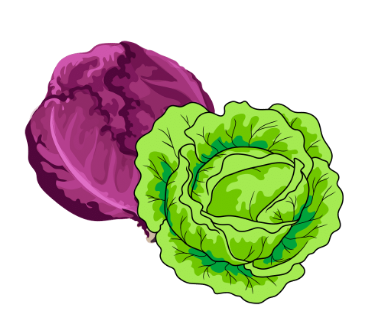
You can use it for everything from simple slaws to classic cabbage rolls. Learn how to cut cabbage with this step-by-step guide, whether your recipe asks for chopping, shredding, or cutting it into wedges or cabbage steaks.
What do you need to prepare first?
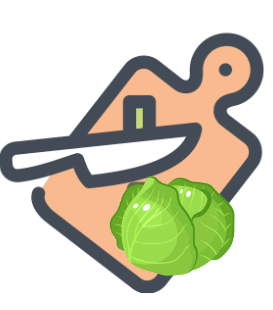
All you really need is a large cutting board, a damp paper towel to secure the board from moving (Alternatively, you can get a non-slip cutting board), a chef’s knife, or a mandoline for super quick shreds. This is a great vegetable to practice your knife cutting skills!
How to cut cabbage (step by step)

Before you begin chopping your fresh cabbage, make sure to wash it carefully in cold water to remove any residual dirt.
Step 1: First, take your cabbage head and remove any outer layers or pieces of cabbage that seem tough or are not fresh (wilted leaves are indicated by a soggy brownish color), and discard them.
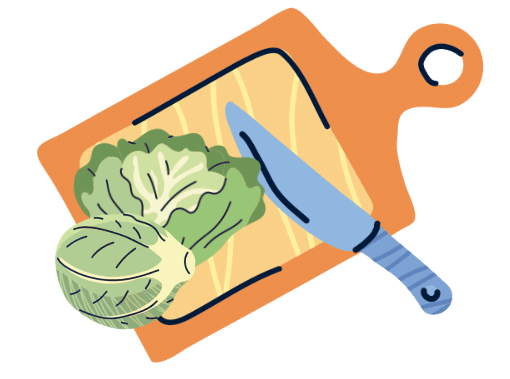
Step 2: Using a large chef’s sharp knife, slice off the root of the cabbage.
Step 3: Remove the root of the cabbage by cutting the cabbage out diagonally.
Step 4: Depending on the chosen cabbage recipe or purpose, you can proceed to peel the loose leaves, cut the cabbage into cabbage quarters or proceed to shred your cabbage.
How to Shred Cabbage
Since typically shredded cabbage for coleslaw doesn’t need to be in long pieces, slicing it in the short direction makes it easier to eat! If you love using shredded cabbage in your cooking process here's how you do it:
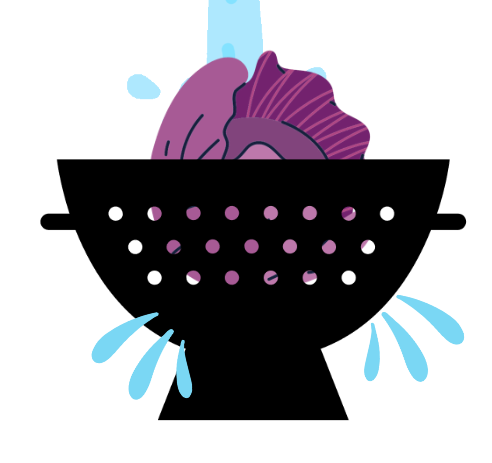
- Wash your head cabbage and strain it to remove excess water. Proceed to remove any tattered or bruised cabbage leaves.
- Next, place your cabbage on the cutting board and cut the cabbage into quarters using your sharp knife. Don't forget to then cut out the core.
- Slice the cabbage quarters before slicing them into shreds. (Quartering the cabbage makes removing the core easier)
- Thinly slice the cabbage in a short direction, using a circular motion using the chef's knife and you're done!
Shred Cabbage Using a Mandoline or a Food Processor
A mandolin or food processor is a useful kitchen tool for quickly slicing, shredding, and julienning hard vegetables such as carrots, cucumbers, and potatoes.
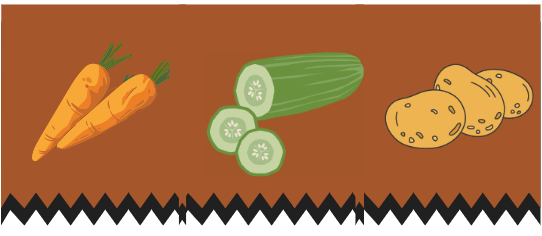
If you're interested in cutting cabbage with a mandoline or a food processor, it's simple to do as long as you're careful. This method is also time-saving as it generates large amounts of shredded cabbage for needed for any occasion.
- .First, cut the cabbage in two halves and then into quarters so that it would fit the cutting surface of the mandolin or food processor.
- Next, place your mandoline or food processor on a sturdy work surface and set the flat blade to the thickness you prefer. There should be a knob or dial that adjusts the blade’s thickness
- Move the cabbage wedge across the blade in one clean motion, using the mandolin's guard to protect your fingertips. The sliced cabbage will fall under the mandolin as you do this. You can transfer it to a bowl.
- For the food processor, simply put the quarters of cabbage in the designated bowl of the equipment and press the button. Repeat this until you finish the quarters of cabbage.
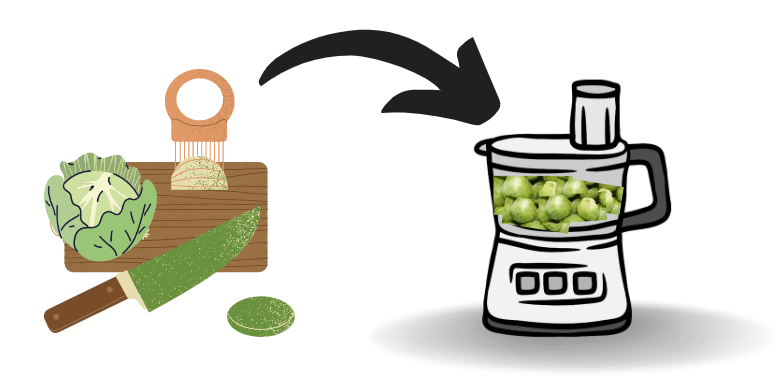
Safety tip: Don’t feel compelled to slice the entire wedge on the mandoline. Make sure that when it gets close to the end, slice the remainder using a chef’s knife and start again with a new wedge.
Things you need to know about Cabbages:
How to store cabbage
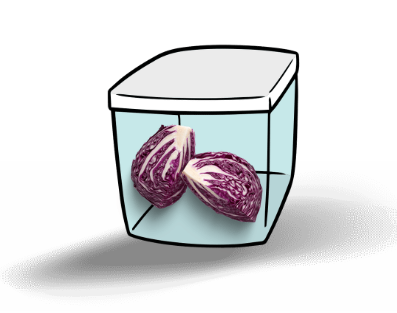
You can actually store entire cabbage heads (loosely wrapped in plastic or in a plastic bag) for about 5 to 7 days.
If you decide to prep and cut the raw cabbage into pieces, it can be stored in an airtight container for up to 1 to 3 days. Make sure to not wash cut cabbage until ready to use in a recipe.
Health Benefits of Cabbage
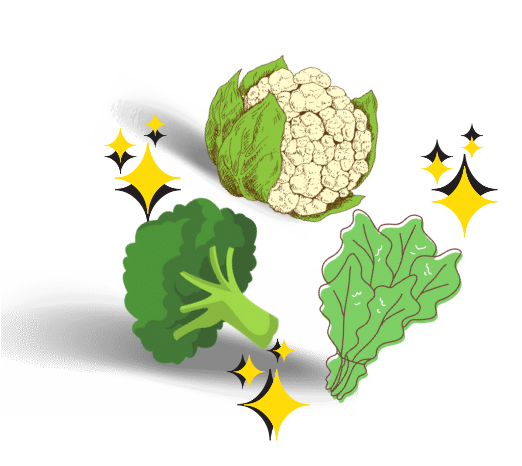
Cabbage may look like lettuce but it actually belongs to the Brassica genus of vegetables, which includes broccoli, cauliflower, and kale. Cabbage is often overlooked but it is actually loaded with nutrients, vitamins, and minerals.
Cabbages may also play a role in keeping your heart healthy and may also lower blood pressure.
(See more: 9 Impressive Health Benefits of Cabbage)
Types of Cabbages for Different Recipes
When you are walking to the produce section of your grocery store, you're likely to spot at least one of these popular varieties of cabbage and each one has a certain use for different recipes.

- Green cabbage: The most common kind of cabbage. It is usually light green in color and has a mild flavor. This is perfect to use in classic slaws, cabbage soup, and sautéd cabbage dishes.
- Red/Purple cabbage: Other than its color, the red/purple cabbage is similar in appearance, texture, and flavor to green cabbage. Red cabbage does add beautiful color to salads and slaws.
- Napa cabbage: Also known as the "Chinese cabbage". This cabbage is more oval than green or red cabbage. Its leaves are tender and more loosely packed, similar to romaine lettuce. Napa cabbage has a milder flavor than green or red cabbages and works well in salads or noodle dishes.
- Savoy cabbage: You may also spot savoy cabbage, which looks similar to green cabbage except for its distinct ruffled leaves. Its flavor is similar to napa cabbage. This cabbage is the go-to for making wraps, stir-fries, and stuffed cabbage.
We hope you’ve enjoyed learning about these fun and interesting cabbage techniques. Hopefully, this will inspire you to get out there and experiment with your own cabbage cutting skills.
Get the Tools You Need to Become a Pro
In your kitchen, you may want to invest in different quality knives for long-term cooking. Here are some of the kitchen essentials that we recommend, as well as cutting boards and the best knife sharpener.
Here at Culinary Depot, we offer choices perfect for outfitting your commercial kitchen or even at home. Contact us today!

